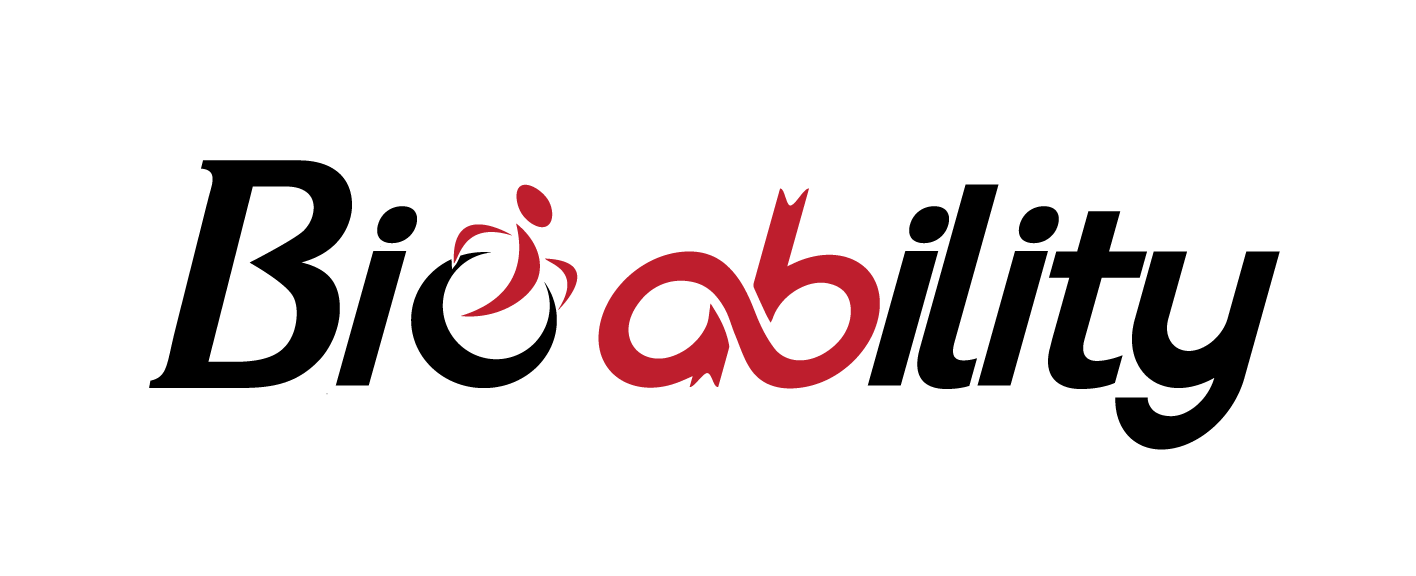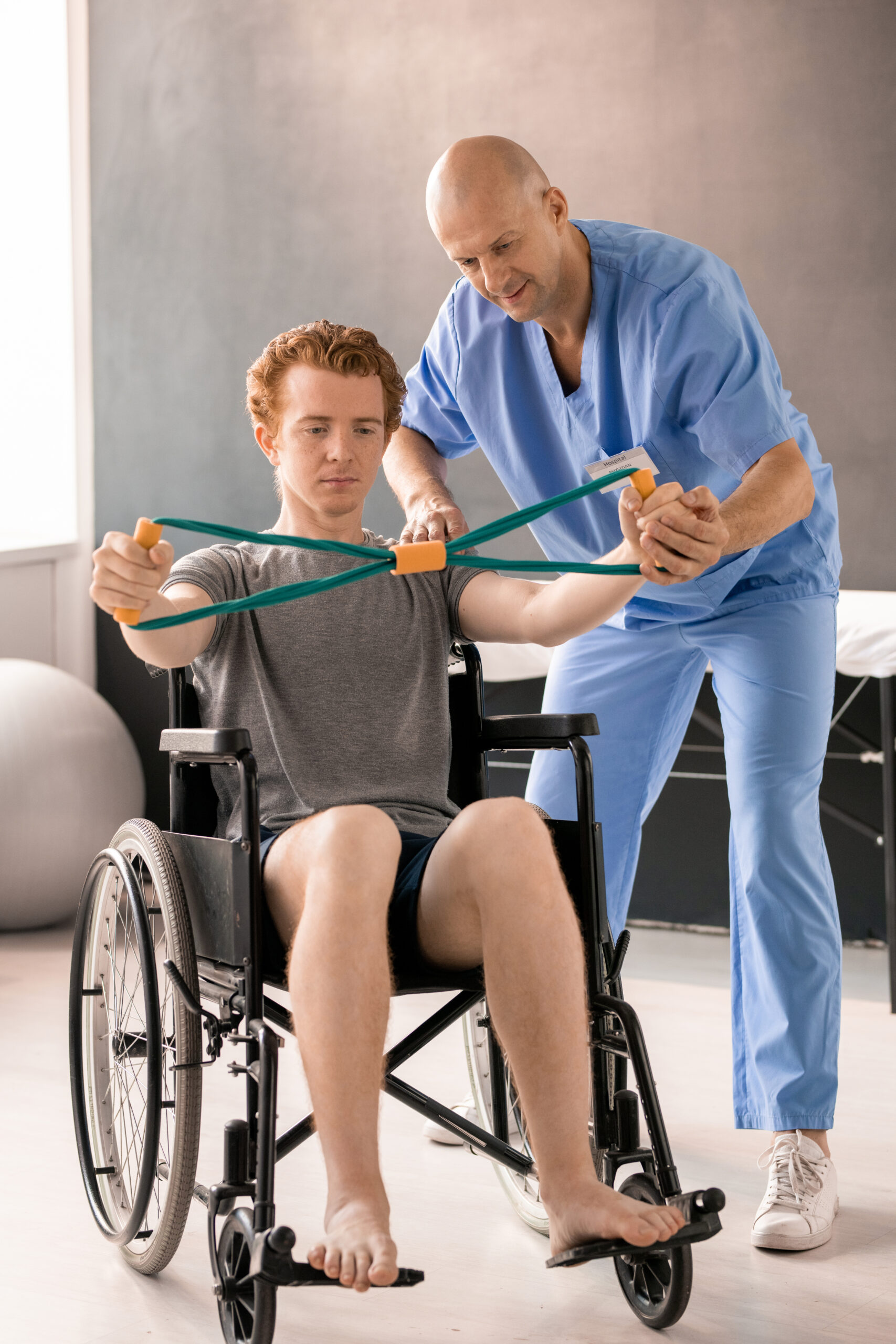March 1, 2024
The Ability Connection
Issue #18
March is Cerebral Palsy Awareness Month
The Centers for Disease Control reports that Cerebral Palsy (CP) is the most common motor disability of childhood. About 1 in 345 children has been identified with CP. It is more common among boys than girls, and more common among black children than among white children.
Symptoms of cerebral palsy can vary greatly. In some people, cerebral palsy affects the whole body. In other people, symptoms might only affect one or two limbs or one side of the body. General symptoms include trouble with movement and coordination, speech and eating, development, and other issues. Muscle weakness, muscle spasticity and trouble with coordination can contribute to complications in childhood or in adulthood.
According to Mayo Clinic, Cerebral palsy is a group of conditions that affect movement and posture. It is caused by damage that occurs to the developing brain, most often before birth. The cause of cerebral palsy and its effect on function vary from person to person. Some people with cerebral palsy can walk while others need help. Some people have intellectual disabilities, but others do not. Epilepsy, blindness, or deafness also might affect some people with cerebral palsy. There is no cure, but treatments can help improve function.
Research suggests that exercise for people with disabilities, including cerebral palsy, can be even more important than for those without a disability.
Why? People with cerebral palsy are 1.5 times more likely to experience cardiovascular disease-related conditions such as diabetes, hypercholesterolemia, hypertension, and stroke and roughly 20% will experience metabolic syndrome by the time they reach middle-adulthood.
Regular participation in physical activity by people with cerebral palsy over a period of 1-2 months can improve musculoskeletal strength, cardiorespiratory fitness or endurance, quality of life, spasticity, general physical function, including functional mobility and walking performance. A comprehensive physical activity program should include aerobic training, strength training, range of motion or flexibility exercises, and a variety of adaptive sports and recreation activities.
Bio Ability recognizes the challenges that occur when therapies are only covered once or twice a week. The onus for continued progress is put solely on the family. This can be overwhelming. The Bio Ability Adaptive Fitness program is an opportunity to continue making progress with outside help. Our staff will work closely with your physical and occupational therapists upon request to supplement what they are providing to assist you with meeting your therapy goals. Available services include one on one, small group training for children and adults as well as children’s classes. Contact us to see what is right for you.
March is Multiple Sclerosis Awareness Month
According to Mayo Clinic, multiple sclerosis (MS) is a potentially disabling disease of the brain and spinal cord (central nervous system). In MS, the immune system attacks the protective sheath (myelin) that covers nerve fibers and causes communication problems between your brain and the rest of your body. Eventually, the disease can cause permanent damage or deterioration of the nerve fibers.
Signs and symptoms of MS may include numbness or weakness in one or more limbs on one side of your body at a time, tingling, electric shock sensations that occur with certain neck movements, lack of coordination, unsteady gait or inability to walk, partial or complete loss of vision in one eye at a time often with pain during eye movement, prolonged double vision, vertigo, fatigue, slurred speech, cognitive problems and mood disturbances.
People with MS can develop some complications including muscle stiffness or spasms, severe weakness or paralysis, problems with bladder or bowel function, cognitive problems, anxiety, mood swings and sometimes seizures.
Exercise is generally safe for people with MS. If you have multiple sclerosis (MS), some exercises may help maintain and improve your balance, muscle tightness, and overall well-being. These can include stretches and exercises to do while lying down, seated, or standing with support. Certain stretches and exercises can help increase your fitness levels and improve your balance and coordination. If you have MS, talk to your doctor about whether exercise is right for you. Our fitness professionals at Bio Ability will design a program to meet you where you are at and help you work towards you and your doctor’s specific goals. Adaptive fitness is available one on one and in small groups. Contact Bio Ability today for more information.
What’s happening?
New Year, Healthier You
March is the last Month to be able to sign up for New Year Healthier You! This adaptive lifestyle program combines health coaching and adaptive fitness to help you reach your health goals whether it be to lower your blood pressure or cholesterol, manage stress or just be more mobile and feel better. Teen/Adult Adaptive Fitness class is part of the program. Contact us for more information.
Classes
Check out our classes. There is something for everyone. We have an array of children’s classes: adaptive ninja, gymnastics, preschool. There are Adaptive Fitness classes for teen/adults and Functional Fitness for Seniors. Have a group of friends that want to workout together, contact us and we can work something out.
It is always best to find current class availability online at BIO Ability Classes. Some classes may be wait-list only. Please note this month that there will be no Adaptive Fitness for Teens/Adults or Functional Fitness for Older Adults from March 29-31.
March Class Schedule
MT 4:30 pm Adaptive Ninja
MT 5:30 pm Adaptive Gymnastics
MW 5:30 pm Adaptive Fitness (Teen/Adult)
Tu 930 am Adaptive Homeschool PE
Tu 5:30 pm Adaptive Gymnastics
W 4:30 pm Adaptive Gymnastics
W 4:30 pm Adaptive Gymnastics
W 5:30 pm Adaptive Ninja
TH 11:00 am Sensory Gymnastics Class
Sat 1:00 pm Adaptive Fitness (Teen/Adult)
Sat 2:00 pm Functional Fitness for Older Adults
Exercise of the Month: Home Exercises for Cerebral Palsy
Exercises may focus on improving muscle tone, flexibility, and range of motion. Some examples of home exercises that can be done include:
- Joint rotations: Perform rotations on all your major joints and the neck to expand or maintain a healthy range of motion.
- Calf stretch: Stretch your calves to reduce spasticity (involuntary muscle contractions) in your lower legs.
- Quadricep stretch: Stretch your quadriceps to improve your leg mobility and balance.
- Hamstring stretch: Stretch your hamstrings to prevent tightness and pain in your back and hips.
- Shoulder stretch: Stretch your shoulders to ease tension and stiffness in your upper body.
- Trunk Twists- These can be done standing or sitting. Gently twist your upper body to one side, hold for 20 seconds, and then twist to the other side.
Recipe of the Month: Sweet & Sour Chicken with Broccoli (eatingwell.com)
Ingredients
- 3 ounces dry ramen noodles

- 1 tablespoon canola or avocado oil
- 1 pound boneless, skinless chicken breasts, trimmed and cut into 1-inch pieces
- ½ cup orange juice
- 6 cups small broccoli florets (about 12 ounces)
- 3 tablespoons rice vinegar
- 2 tablespoons low-sodium soy sauce
- 1 ½ tablespoons cornstarch
- 2 tablespoons honey
- 1 tablespoon finely chopped garlic
- ¾ teaspoon crushed red pepper
- ½ teaspoon kosher salt
Directions
- Preheat oven to 375 degrees F.
- Crush noodles and spread on a rimmed baking sheet. Bake, stirring once, until lightly browned, 7 to 9 minutes.
- Meanwhile, heat oil in a large skillet over medium-high heat. Add chicken and cook, stirring occasionally, until browned and cooked through, 6 to 8 minutes. Transfer the chicken to a plate. Add orange juice to the pan and cook, scraping up any browned bits, for 15 seconds. Add broccoli; cover and cook until tender, about 3 minutes.
- Meanwhile, whisk vinegar, soy sauce and cornstarch in a small bowl.
- Add the vinegar mixture, honey, garlic, crushed red pepper and salt to the pan; bring to a boil. Cook, stirring, until the sauce is thickened, about 1 minute. Add the chicken and cook for 1 minute more. Top with the ramen noodles.
Nutrition Information
Serving Size: 1 ½ cups
Calories: 322; Total fat: 7g; Carbohydrates: 38g; Protein: 28g; Potassium: 1,237mg; Phosphorus: 304mg

